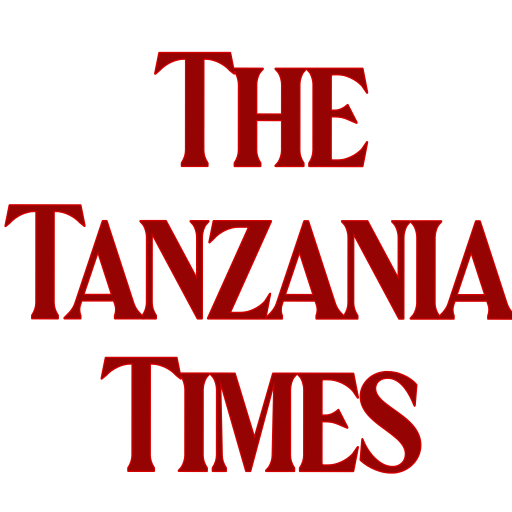The world currently mourns the death of Queen Elizabeth II, the longest-serving monarch in modern history.
Mama Windsor leaves behind a strong legacy in Africa, as far as the history of independence on the continent is concerned.
During her 70-year reign as the sovereign ruler of the United Kingdom, the queen handed sovereignty to ten African countries across the sub-regions of the continent.
Tanzania, which on records became independent on December 9, 1961, apparently won’t be making the list.
This is because Tanzania was essentially ruled by Germany and after World War II, the country was placed under Britain as its trustee for supervision.
These then, are the African countries that became independent under Queen Elizabeth II
1. The Gambia
The Gambian is one of the prominent West African nations whose antecedent to sovereignty cannot be overlooked in history books.
According to the World Bank Development indicator in 2020, The Gambia has a population of 2.417 million.
The West African nation was also part of the British colony before it gained independence on 18 February 1965. Its capital is in Banjul and its first president was Sir Dawda Kairaba Jawara.
2. Ghana
Ghana, formerly the Gold Coast, is a West African Sahelian country that also used to be a British colony.
The country is blessed with a lot of natural resources, especially gold.
It has a population of over 31.07 million people and shares a border with anglophone nations like the Ivory Coast, Burkina Faso, and the Republic of Togo.
On 6 March 1957, Ghana gained its independence and on 1 July 1960, it became a republic with its first leader being Kwame Nkrumah.
Ghana was the first African Country to gain independence.

3. Kenya
Kenya is an East African Community Member State with an estimated population of more than 54 million residents.
It is a country with a deep-rooted cultural and traditional history that has been in existence for centuries.
As a British colony, Kenya got its independence to become a sovereign state and on 12 December 1964, the Republic of Kenya was proclaimed, with Jomo Kenyatta becoming the country’s first president.
Coincidentally, Elizabeth became a Queen during her trip to Kenya in 1952.
4. Malawi
Located in the Southern-East African region the Republic of Malawi is a small country with a population of over 20 million people.
Malawi shares a border with Zambia to the west, Tanzania to the north and northeast, and Mozambique to the east, south, and southwest.
As a British colony, Malawi got its independence on 6 July 1964, with Hastings Banda as its first President.
5. Mauritius
Mauritius is an Indian Ocean island nation with a small population of just over 2 million people.
Its capital is Port Louis and under the British colony, it got its independence on 12 March 1968 with Sir Seewoosagur Ramgoolam becoming the first prime minister of an independent Mauritius.
6. Nigeria
Nigeria, often referred to as the giant of Africa or better still, the trigger of Africa because of where it is spotted on the African map.
The Federal Republic of Nigeria has a population of over 250 million people, making it the most populated black nation in the world.
In the early 1800s, Nigeria became a British colony but got its independence on 1 October, 1960 and became a republic on 1 October, 1963.
It is the largest economy in Africa and its seat of power is in the Federal Capital Territory (FCT)-Abuja.
7. Zimbabwe
Zimbabwe, formerly Rhodesia, is located in the southern part of Africa.
It has a population of over 15 million residents.
It was also among the ten African nations under the British colony.
Harare, formerly Salisbury is the country’s Capital City.
On 11 November 1965, a unilateral declaration of independence was signed in 1970, Zimbabwe became a republic with its first president being Canaan Banana and Robert Mugabe being the first prime minister.
8. Sierra Leone
Sierra Leone is a small West African country with less than 10 million people as a population.
Its capital city is Freetown and was also a one-time British colony.
On 27 April 1961, Sierra Leone became a sovereign state and Sir Milton Margai became its first-ever leader.
9. South Africa
South Africa is another country formerly a British colony with a population of over 60 million.
Just like Nigeria, Kenya, and Ghana, South Africa is a country with a deep-rooted cultural and traditional history.
It has various capitals including Cape Town, Tshwane formerly Pretoria, and Bloemfontein, each serving different purposes.
The country’s independent status can be traced back to the early 90s but it held its first universal elections in 1994, which saw the emergence of Nelson Mandela as president.
10. Uganda
Uganda is one of the seven East African Community Member States.
The country’s capital city is Kampala.
Uganda gained independence from Britain on 9 October 1962 with Queen Elizabeth II as head of state and Queen of Uganda.
In October 1963, Uganda became a republic but maintained its membership in the Commonwealth of Nations.
11. Zanzibar
After uniting with the mainland Tanganyika, the Islands became part of the present-day Tanzania.
Zanzibar, consisting of Unguja and Pemba Islands, became an independent state on December 10, 1963.
The Islands of Unguja and Pemba became constitutional monarchy under Sultan Jamshid Bin Abdullah. The United Kingdom declared the formal Independence of Zanzibari.
However, a few months later, a revolution occurred and toppled the newly installed government.
The Sultan fled to England after the coup.
RELATED STORY: The Last Queen of Tanganyika


